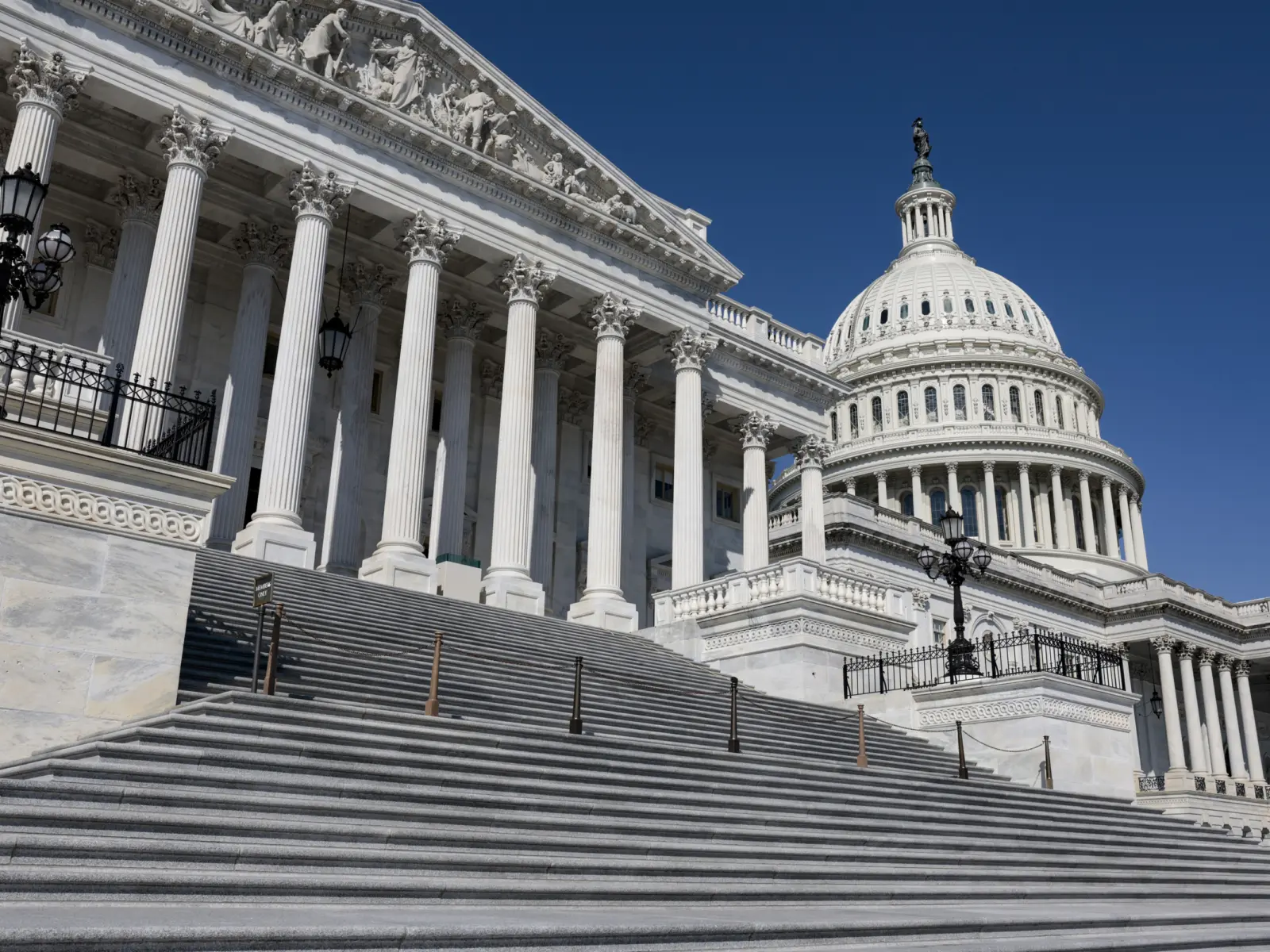This is part 2 of a series on drug affordability.
Read Part 1: As Congress Debates Lowering Drug Prices, States Waste No Time
Read Part 3: After a Groundswell of Success in 2021, Stage is Set for Broader Rx Reform in 2022
States now have an array of policies at their disposal that the evidence shows make a difference in slowing or stopping the relentless increases in drug prices that are burdening families and public finances alike. They range from measures that harness state regulatory power to set upper payment limits on prescription drug prices to legislation requiring pricing transparency to bills that stop abuses by pharmacy benefit managers.
Here are three of the most common approaches considered and advanced by state legislatures in 2021:
Prescription Drug Affordability Boards
One of the most common mechanisms for reining in drug prices is to establish state prescription drug affordability boards (PDABs) — independent, third-party regulatory bodies that review and identify high drug prices and provide guidance for lowering them, similar to the way states regulate utilities and insurance companies.
After Maryland became the first state to implement a PDAB in 2019, Massachusetts, New Hampshire, and Ohio followed suit shortly thereafter. In 2021 so far, Colorado and Oregon enacted their own PDAB laws, and New Mexico is pursuing similar legislation.
In Denver, the Colorado Consumer Health Initiative (CCHI) overcame strong pharmaceutical lobbying and opposition to pass what may be the strongest PDAB law yet enacted.
“We had a really strong core coalition,” said CCHI Deputy Director Adam Fox. “We ran a phone bank in late 2020 to engage people struggling with prescription drug cost issues and prepare for this year’s legislative campaign. When the bill was introduced, we launched a digital and radio media campaign. When hearings were held, so many consumers, doctors and pharmacists testified in support, the first day lasted until 2 a.m.”
After leading the successful fight for legislation to cap the monthly costs of insulin in Colorado insurance plans in 2019, CCHI was looking for additional steps to take to increase prescription drug affordability. With Maryland enacting its PDAB law that year and five other states taking similar action, CCHI saw an opportunity to make a far greater difference in easing the financial burden on Coloradans needing expensive prescription drugs to stay well. They moved swiftly to seize it.
While advocates were prepared for some backlash from the pharmaceutical industry, the flood of more than $1.4 million in Pharma spending was unprecedented in the state. Most recently, a report by Patients for Affordable Drugs, a national consumer advocacy group focused exclusively on lowering drug prices, revealed that 15 of the major national patient organizations accepts industry funding. This conflict of interest constrains their independence and reflects their intertwined relationships and reliance on funding from drug companies at odds with reforms that are opposed by industry but are broadly supported by Americans on both sides of the aisle.
“We wound up having to spend much of our time fighting back against Pharma’s scare tactics and efforts to sow confusion,” Fox said. “It was never clear that we were going to win, but it helped that our polling showed the vast majority of Coloradans, no matter their political stripes, supported the PDAB legislation. Ultimately, we succeeded because we had a solid coalition and were able to communicate with legislators to move this through.”
The Colorado law, signed by Gov. Jared Polis on June 16, 2021, provides that the governor will appoint five members to the new PDAB. They will be charged with reviewing the costs of common prescription medications that meet a cost threshold, deciding which drugs they consider “unaffordable,” and setting upper payment limits (UPLs) for them. Beginning April 1, 2022, the Board may establish UPLs for up to 12 drugs each year for all payers within the state.
“We are the first state in the country to pass PDAB legislation in this form with Upper Payment Limits that will apply across all payers,” Fox said. “And we’re going to do everything we can to ensure that the PDAB is implemented in the best way possible.”
We wound up having to spend much of our time fighting back against Pharma’s scare tactics and efforts to sow confusion.Adam Fox Colorado Consumer Health Initiative director
In Oregon, the fight for PDAB legislation was led by the Oregon Coalition for Affordable Prescriptions (OCAP). Though facing an estimated $2 million Pharma opposition campaign, including lobbying and television ad expenses, SB 844 passed the State House and Senate in June with bipartisan support.
“We undertook an intensive grassroots lobbying campaign,” said OCAP Chair John Mullin. “We had 8,969 active followers on Facebook and we generated 7,100 messages to lawmakers. It was especially challenging with COVID, since we couldn’t do in-person lobbying — those 30-second conversations in the hallway can make a huge difference. But we made up for it with social media and other strategies.”
Similar to its fear-mongering at the federal level, the pharmaceutical industry deployed in Oregon a playbook of misleading messages claiming that the legislation would result in less access for patients — a claim that has been repeatedly debunked.
“Pharma was trying to scare people with ads claiming if the bill passed, they wouldn’t be selling drugs in Oregon anymore,” he said. “But we told the stories of real Oregonians who noted that, as one person put it, ‘You shouldn’t have to work yourself to death to buy a prescription that will keep you alive.’”
While Mullin said the scope of the Oregon law was scaled back somewhat at the end, he’s pleased with the end result.
“While we didn’t get everything we wanted, SB 844 still represents great progress,” Mullin said. “The PDAB will conduct crucial studies on establishing upper payment limit authority for critical drugs like insulin, bulk purchase authority, and a reverse auction. The reports will be issued by the end of next year, and legislative action to establish these authorities will be keyed up for 2023.”
Passage of SB 844 wasn’t OCAP’s only victory in 2021. Legislation lifting the veil on pharmaceutical drug sale practices also passed and was signed into law. The organization previously led successful fights for passage of the Prescription Drug Pricing Transparency Act, requiring manufacturers to report increases of 10 percent or more in 2018, and a bill requiring a 60-day advance notice of prescription drug price increases in 2019.
In New Mexico, Health Action New Mexico has made lowering drug prices a top priority throughout its 28-year history. In recent years, the organization won passage of legislation establishing an intercouncil agency on prescription drugs designed to get all state agencies working together to lower prices, and a bill imposing a $25 per month cap on monthly insulin charges for patients.
“A PDAB is the next logical step,” said Barbara K. Webber, Health Action New Mexico’s executive director, and her organization’s legislative allies introduced a bill. But their efforts were complicated by the fact the New Mexico is the only state to have a volunteer legislature. State senators and representatives don’t even have paid staff.
“In a normal year, it’s very hard to reach legislators and COVID made it even more difficult,” Webber said. “Our bill was heard by two committees with 28 people testifying in its favor, but then Pharma lobbied to have it tabled and sent to an interim committee. But it’s on that committee’s schedule for hearings in November and we’re going to take this fight into next year’s legislative session.”
Health Action New Mexico is gearing up for a digital campaign to pass the PDAB bill and is engaging and mobilizing coalition partners.
“Unlike in Colorado, it’s very hard to move legislation like this in just one year here,” Webber noted, “but there’s a lot of sympathy and support for this issue, especially from an equity standpoint, since most of the 44 percent of New Mexicans who can’t afford prescription drugs are senior citizens and people of color.”
Transparency
One step short of PDABs, but still a useful tool in the fight against rising prescription drug costs, is legislation requiring drug makers and other entities in the supply chain to provide public explanations for high prices and price increases for certain drugs.
So far, 14 states have enacted drug pricing transparency laws. North Dakota and Virginia joined the list this year. In the former state, the new law requires manufacturers to submit a report every three months with the current wholesale acquisition cost information for each drug sold in the state. Within 30 days of specified price increases, a manufacturer must submit a report detailing cost and other key information, and a justification for the increase.
Number of states that have enacted drug pricing transparency laws
The Virginia law requires the Department of Health to annually collect, compile, and publicize information about prescription drug price increases submitted by health carriers, pharmacy benefit managers (PBMs), manufacturers, and distributors. Health plans are required to submit the names of the 25 most frequently prescribed drugs, as well as the percent increase in annual net spending for prescription drugs after accounting for discounts. PBMs must submit rebate information. Wholesale distributors must report the maximum and minimum wholesale acquisition costs that they negotiated with the manufacturer, as well as aggregate total rebates and discounts and the total net income received in the last year. Manufacturers must report cost information for drugs whose price increases exceed a specified amount.
Transparency laws such as these provide manufacturers, wholesalers, distributors and PBMs an incentive against excessive price increases for existing drugs, high launch prices for new drugs, and anticompetitive behavior used to drive up drug prices. They also generate important information that can be used to support passage of tougher laws, such as PDABs.
Pharmacy Benefit Managers
Pharmacy benefit managers (PBMs) are powerful industry players that act as a link between pharmacies and health plans, running mail-order prescriptions, processing claims, disbursing drugs and contracting with pharmacies to create pharmacy networks. Their role in higher prescription drug costs has come under growing scrutiny. Since 2017, states have enacted more than 100 laws to address the ways PBMs contribute to higher drug costs.
Number of laws enacted by states since 2017 to address the ways pharmacy benefit managers contribute to higher drug costs
A unanimous December 2020 ruling by the U.S. Supreme Court in Rutledge v. Pharmaceutical Care Management Association affirmed the authority of states to regulate PBMs and set the stage for even more aggressive reforms. Legislators in five states — Delaware, Illinois, Maine, Nebraska and New York — swiftly followed up by introducing legislation allowing pharmacies to decline to dispense a prescription if it would be reimbursed below the acquisition cost.
In addition, Arkansas and Wisconsin enacted laws during their 2021 sessions that explicitly apply existing PBM regulations to self-funded health care plans. In West Virginia, a new law requires PBMs to reimburse a pharmacy in an amount that is at least the National Average Drug Acquisition Cost plus a professional dispensing fee.
And Colorado, Louisiana, and Minnesota enacted reverse auction legislation in 2021 to generate state savings when contracting with PBMs. This approach — where the lowest bidder wins — is designed to increase competition across PBM bidders to get better deals and to monitor PBM performance as they execute contracts. These states join New Jersey, Maryland, and New Hampshire, doubling the number of states using this strategy.
“By any measure, this has been a remarkable year for state-level progress in tackling the high cost of prescription drugs,” said Hemi Tewarson, Executive Director of NASHP. “Next year, we expect the momentum to continue with states advancing even more legislation to address out of pocket costs, drug price increases, and pharmacy benefit manager practices, as well as innovative approaches to directly address manufacturers’ list prices.”
Read Part 3: After a Groundswell of Success in 2021, Stage is Set for Broader Rx Reform in 2022
















